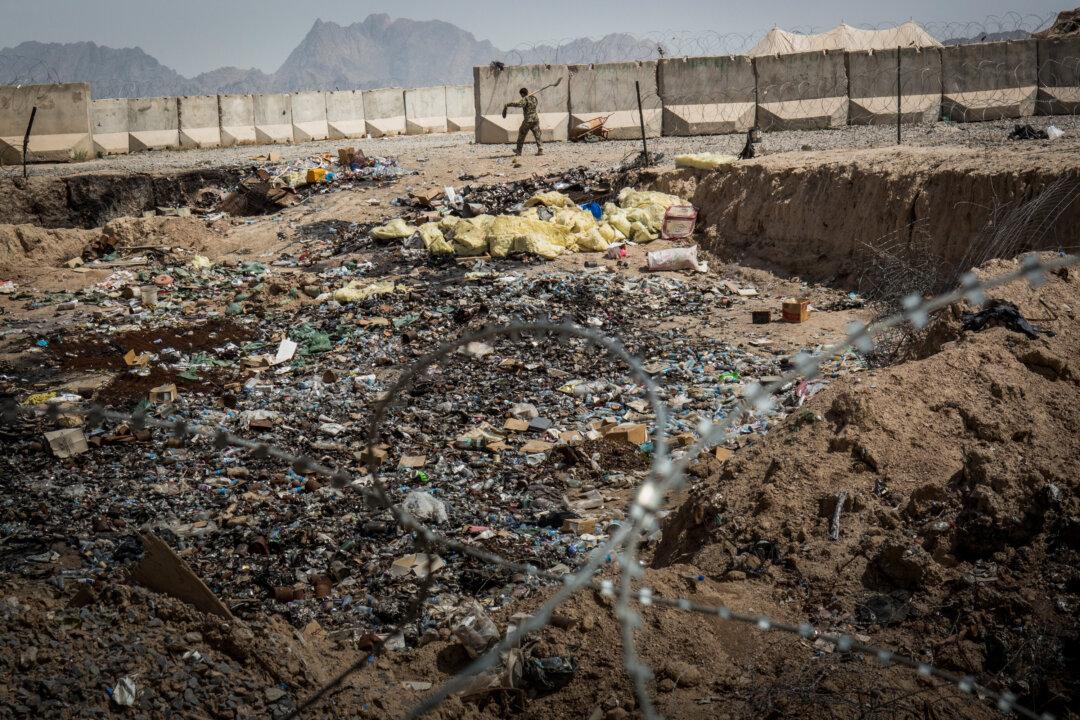The cost of war often exceeds the cold statistics, from the number of dead to those of injuries. Today, the old calculus is not enough to accurately reflect the damage wrought by modern warfare.
Beyond lost limbs and post-traumatic stress disorder, both ruining countless veterans’ lives in the wars of Iraq and Afghanistan, a new pestilence, a new stealth enemy has followed the troops home from the battlefields.
In the new book, “The Burn Pits: The Poisoning of America’s Soldiers” (Hot Books), author and U.S. Marine and Army veteran Joseph Hickman guides the reader on a tour that probes the little reported, dark side of war. Thought provoking, sobering, and infuriating at the same time, “The Burn Pits” hits the mark on many levels.
At the core, “The Burn Pits” central thesis claims giant garbage dumps that burned all day exposed the soldiers, contractors, and locals living nearby the bases and camps to toxins and carcinogens. People didn’t notice the ailments, the creep of the poisons until some of the troops came down with rare but acute cancers and began to die.







